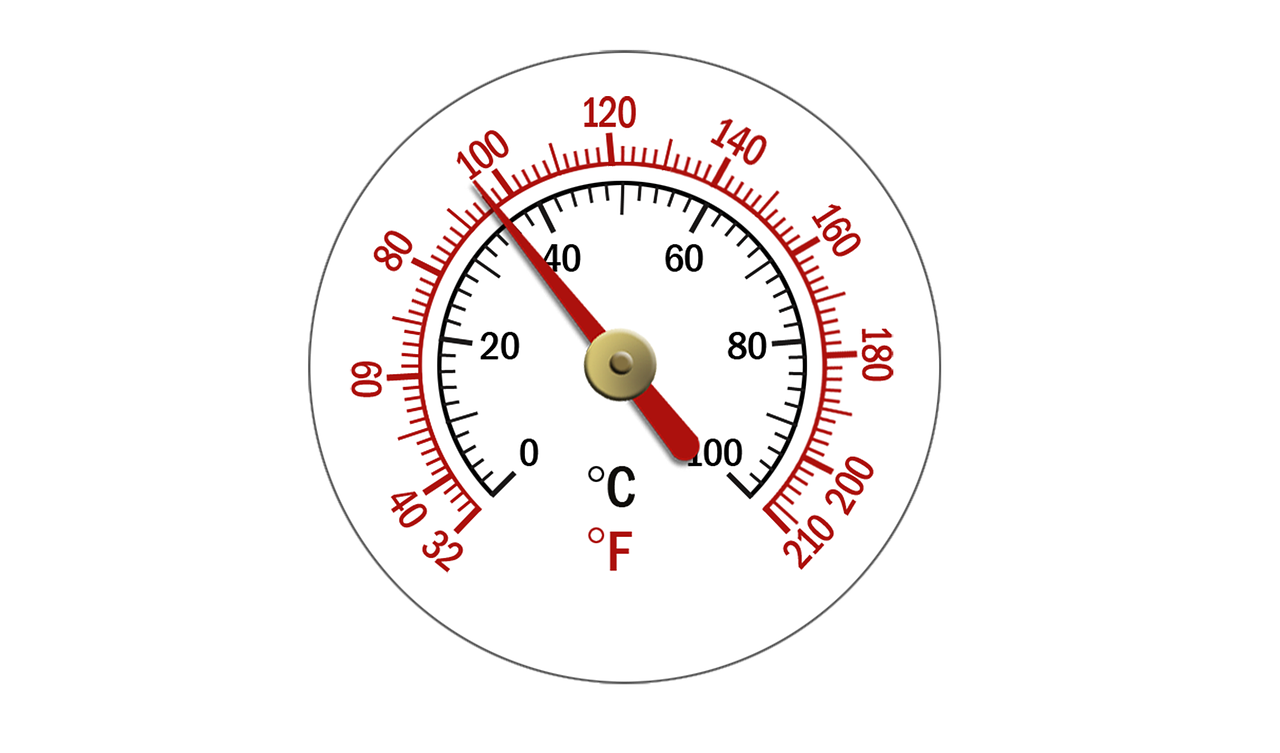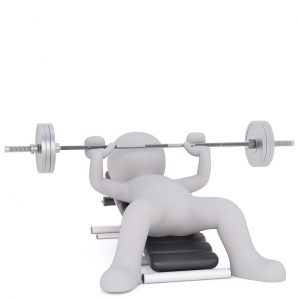Bassey, E. J., & Ramsdale, S. J. (1994). Increase in femoral bone density in young women following high-impact exercise. Osteoporos Int, 4(2), 72-75.
Bassey, E. J., Rothwell, M. C., Littlewood, J. J., & Pye, D. W. (1998). Pre- and postmenopausal women have different bone mineral density responses to the same high-impact exercise. J Bone Miner Res, 13(12), 1805-1813.
Frost, H. M. (1987). The mechanostat: a proposed pathogenic mechanism of osteoporoses and the bone mass effects of mechanical and nonmechanical agents. Bone Miner, 2(2), 73-85.
Kato, T., Terashima, T., Yamashita, T., Hatanaka, Y., Honda, A., Umemura, Y. (2006). Effect of low- repetition jump training on bone mineral density in young women. J Appl Physiol, 100: 839-843.
Mosely, J.R., Lanyon, L.E. (1998) Strain rate as a controlling influence on adaptive modeling in response to dynamic loading of the ulna in growing male rats. Bone, 23: 313-318.
Rubin, C. T., & Lanyon, L. E. (1985). Regulation of bone mass by mechanical strain magnitude. Calcif Tissue Int, 37(4), 411-417.
Vainionpaa, A., Korpelainen, R., Leppaluoto, J., & Jamsa, T. (2005). Effects of high-impact exercise on bone mineral density: a randomized controlled trial in premenopausal women. Osteoporos Int, 16(2), 191-197.
Watson SL, Weeks BK, Weis LJ, Harding AT, Horan SA, Beck BR. High-Intensity Resistance and Impact Training Improves Bone Mineral Density and Physical Function in Postmenopausal Women With Osteopenia and Osteoporosis: The LIFTMOR Randomized Controlled Trial. J Bone Miner Res. 2018; 33(2):211-220. doi:10.1002/jbmr.3284
Winters-Stone, K. M., & Snow, C. M. (2006). Site-specific response of bone to exercise in premenopausal women. Bone, 39(6), 1203-1209.

